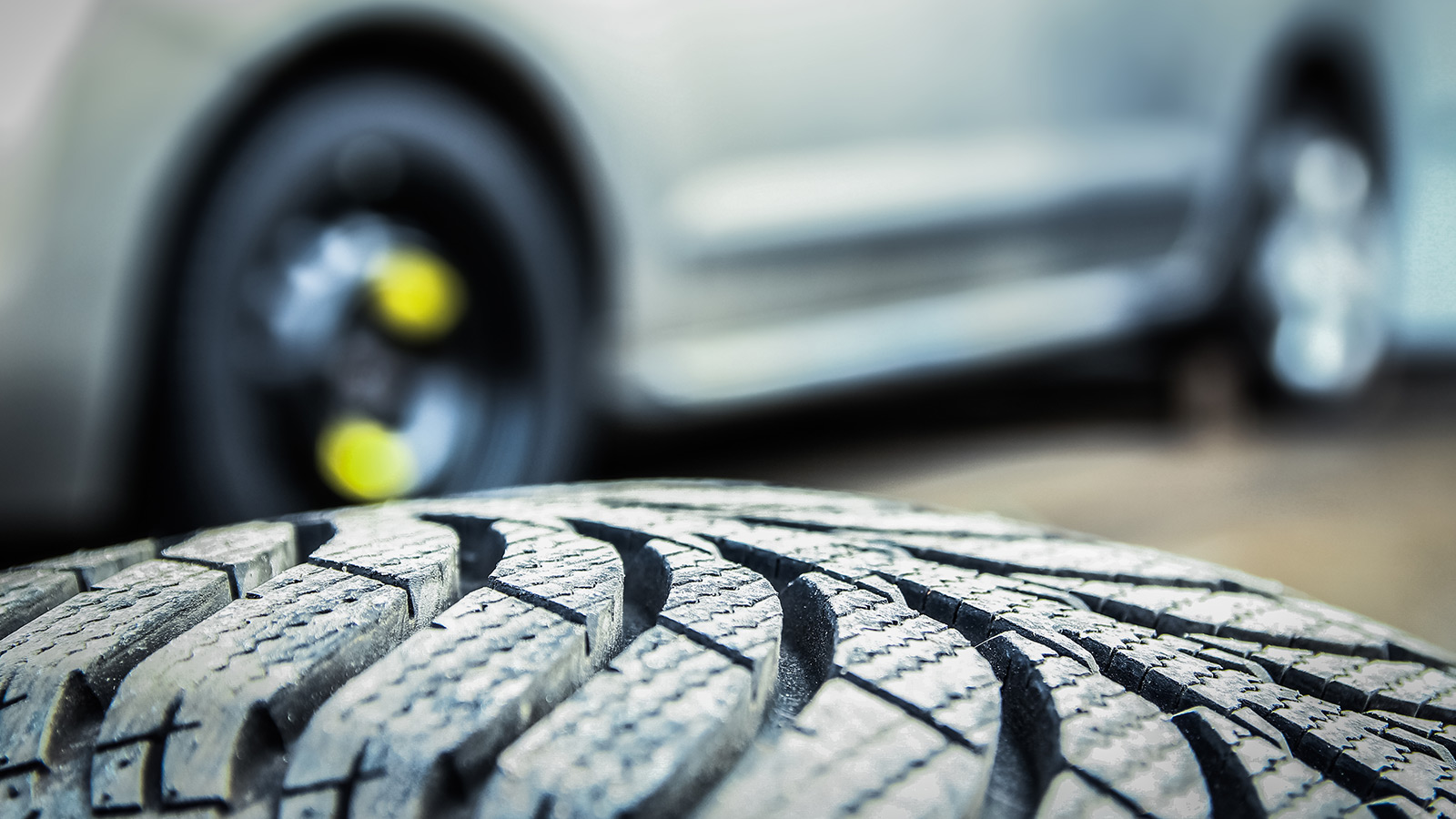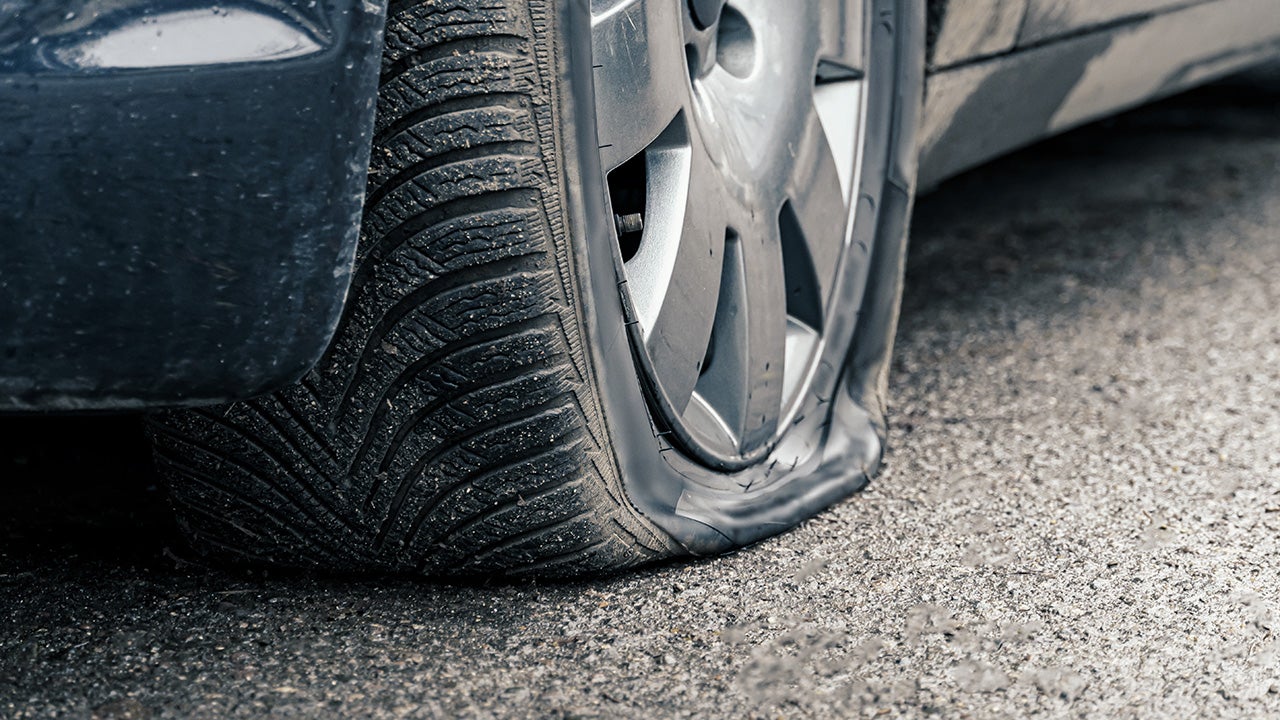All Categories
Featured
Table of Contents
I was able to get 100 hours out of among these tires, and while it had absolutely no tire lugs left on it, the soft substance made it work very wellas long as I was utilizing a soft mousse. Kitt Stringer image Easy placing - 3Wear - 3Sidewall stamina - 3Performance on origins - 4Performance on wet rocks - 2Traction on dust - 5Cornering capability - 4Traction while stopping - 4Self-clearing of dirt and mud - 3Performance in mud - 3Overall predictability or tracking - 3 _ 37 Conclusion: This is a good well-rounded tire with good worth for cash.

The wear was regular and I such as how much time it lasted and just how constant the feel was during usage. This would certainly additionally be a good tire for faster races as the lug size and spacing little bit in well on rapid terrain. Kitt Stringer image Easy mounting - 3Wear - 3Sidewall strength - 3Performance on origins - 4Performance on wet rocks - 4Traction on dust - 4Cornering capability - 4Traction while braking - 5Self-clearing of dust and mud - 4Performance in mud - 4Overall predictability or tracking - 4_42 Conclusion: I liked this tire a great deal.
If I had to buy a tire for tough enduro, this would remain in my top option. Easy mounting - 3Wear - 3Sidewall toughness - 3Performance on roots - 4Performance on damp rocks - 3Traction on dust - 4Cornering capability - 3Traction while braking - 3Self-clearing of dirt and mud - 4Performance in mud - 4Overall predictability or tracking - 3 _ 34 Conclusion: This tire was very soft and pliable.
All the gummy tires I tested carried out relatively close for the first 10 hours or so, with the victors going to the softer tires that had better traction on rocks (Tyre shop). Buying a gummy tire will most definitely give you a strong benefit over a routine soft compound tire, but you do spend for that advantage with quicker wear
Trusted Cost-effective Car Tyres Near Me – Bayswater WA
Ideal value for the cyclist who desires suitable performance while getting a reasonable amount of life. Ideal hook-up in the dust. This is an excellent tire for springtime and autumn problems where the dust is soft with some dampness still in it. These tried and tested race tires are excellent throughout, but use rapidly.
My general winner for a difficult enduro tire. If I needed to invest cash on a tire for everyday training and riding, I would certainly pick this.
Honest Cheap Car Tyres
I have actually been running a collection of Michelin Power Pilot 2CT's on my track Daytona 675 for the previous year. Because time I have done 15 track days in all weather conditions from chilly damp to super hot and these tyres have never missed a beat. Vehicle tyres. I've done almost 2,000 miles (3,200 km) on them and as you can see from this shot of the front taken after first session of my 15th track day on them, they still have fairly a great deal of rubber left on them
Simply put the 2CT is a remarkable track day tyre. If you're the type of biker that is most likely to encounter both damp and dry problems and is starting on course days as I was last year, then I assume you'll be tough pushed to find a better value for money and competent tire than the 2CT; a set of which will certainly establish you back around 185 (US$ 300) in the UK.
Creating a better all rounded road/track tyre than the 2CT must have been a tough task for Michelin. The outcome of that initiative is the Michelin Pilot Power 3 which basically changes the Pure. Don't confuse this brand-new tire with the road going Pilot Roadway 3 which is not developed for track usage (although some bikers do).
They motivate massive self-confidence and supply impressive grasp degrees in either the damp or the completely dry. When the Pilot Power 3 launched, Michelin suggested it as a 50:50% roadway: track tire. That message has actually lately changed due to the fact that the tyres are now suggested as 85:15% roadway: track usage instead. All the biker reports that I have actually reviewed for the tyre rate it as a better tyre than the 2CT in all locations however specifically in the damp.
Top Tyre Warranty
Technically there are many differences in between both tyres although both make use of a twin substance. Aesthetically you can see that the 2CT has fewer grooves reduced right into the tyre yet that the grooves run to the edge of the tyre. The Pilot Power 3 has even more grooves for far better water dispersal however these grooves do not reach the shoulder of the tyre.
One element of the Pilot Power 3 which is various to the 2CT is the brand-new 2CT+ technology which extends the harder center area under the softer shoulders (on the rear tire). This should provide extra security and decrease any "wriggle" when speeding up out of edges regardless of the lighter weight and even more flexible nature of this new tire.

Although I was somewhat dubious about these reduced stress, it ended up that they were fine and the tires performed really well on the right track, and the rubber looked better for it at the end of the day. Equally as a factor of recommendation, various other (quick group) cyclists running Metzeler Racetecs were utilizing tire stress around 22-24 psi for the rear and 24-27 psi on the front.
Coming up with a better all rounded road/track tire than the 2CT need to have been a hard job for Michelin. The outcome of that effort is the Michelin Pilot Power 3 which essentially replaces the Pure. Don't confuse this brand-new tire with the roadway going Pilot Road 3 which is not designed for track use (although some motorcyclists do).
Top Tyre Performance Near Me – Bayswater
They motivate huge confidence and offer outstanding hold levels in either the damp or the completely dry. When the Pilot Power 3 released, Michelin suggested it as a 50:50% road: track tyre. That message has lately changed because the tires are now advised as 85:15% roadway: track use instead. All the motorcyclist reports that I've read for the tyre price it as a better tyre than the 2CT in all areas however especially in the damp.

Technically there are many differences between the 2 tyres despite the fact that both make use of a double compound. Visually you can see that the 2CT has fewer grooves reduced into the tyre however that the grooves run to the side of the tire. The Pilot Power 3 has more grooves for much better water dispersal but these grooves don't get to the shoulder of the tyre.
One facet of the Pilot Power 3 which is various to the 2CT is the new 2CT+ technology which extends the harder center section under the softer shoulders (on the rear tyre). This should provide extra security and minimize any kind of "wriggle" when speeding up out of corners in spite of the lighter weight and even more versatile nature of this brand-new tire.
I was slightly uncertain concerning these reduced stress, it turned out that they were fine and the tires done truly well on track, and the rubber looked far better for it at the end of the day - All-season tyres. Simply as a point of recommendation, other (rapid group) motorcyclists running Metzeler Racetecs were utilizing tyre stress around 22-24 psi for the back and 24-27 psi on the front
Latest Posts
Top Tyre Performance Near Me – Nollamara
Tyre Maintenance – Bayswater
Vehicle Alignment Near Me (Girrawheen)